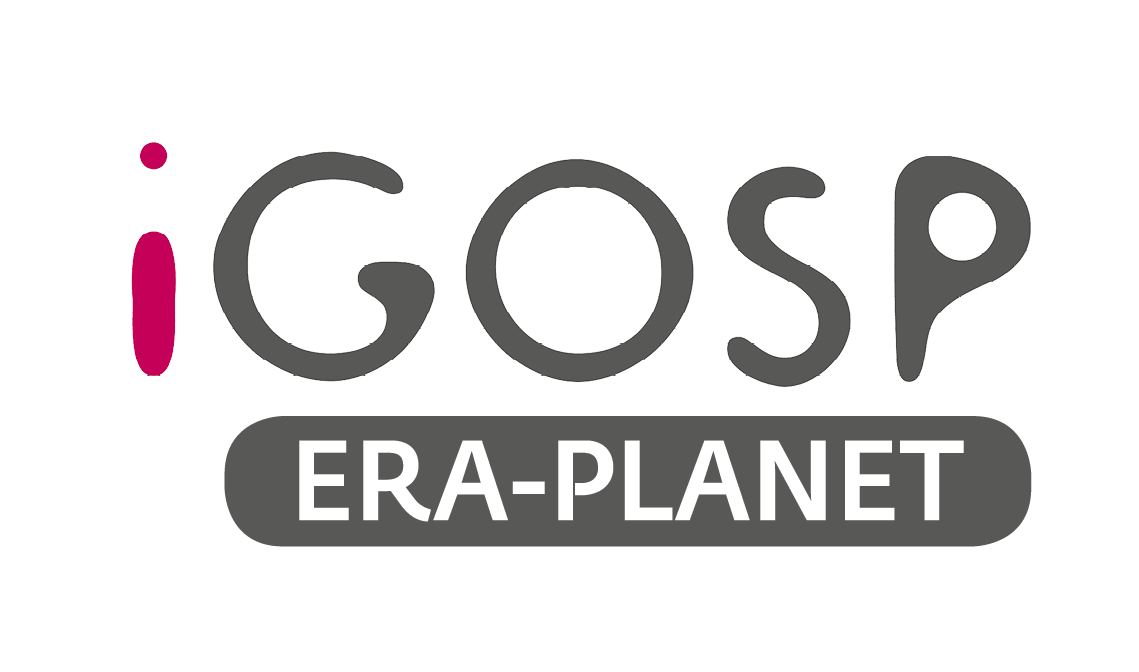
Specific objectives
-
To integrate in-situ and satellite observations aiming for better understanding of the global cycle of mercury (Hg) and Persistent Organic Pollutants (POPs) at continental and global scales;
-
To identify Hg hot-spots deposition areas as consequence of biomass burning, artisanal and small-scale gold mining, e-waste recycling through in-situ wet-deposition measurements and satellite observations;
-
To monitor newly listed POPs in core matrices that need to be implemented into existing monitoring programmes;
-
To develop new equipment/sensors for monitoring target pollutants in core media (including wet and dry deposition) in contaminated sites as well as in rural/background locations (i.e., high Arctic, Antarctica, off-shore sites, forests), where particular removal processes take place;
-
To test the operation of the sensors in different geographical settings, to increase geographical coverage;
-
To develop a strategy on a global scale for QA/QC for observations and enhance data comparability/reproducibility;
-
To develop new Standard Operating Procedures for new sensor technologies;
-
To harmonize metadata production, archiving and sharing;
-
To validate regional and global scale models based on in-situ and space observations assimilation;
-
To develop current data infrastructures on Hg and POPs (by including new POPs, core matrices, or programmes);
-
To create advanced web services for data discovery and exploitation, and make accessible information on environmental and human exposure to allow for joint interpretation and assessment of human risks;
-
To push toward a full interoperability (e.g. discoverability, accessibility, and re-usability) with GEOSS and Copernicus infrastructures.
-
To support policy makers and stakeholders in the implementation of major international conventions (e.g. Minamata Convention, Stockholm Convention) and programmes (UNECE-LRTAP TF HTAP) and EU Research Infrastructures.
